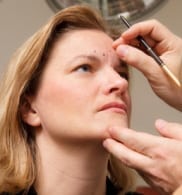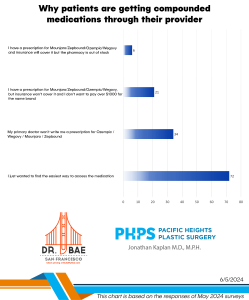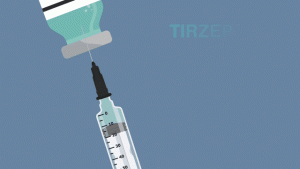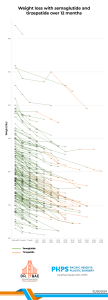 So now that you know how long Botox can last (see last week’s post, if you haven’t already)—do you know where it can be injected?
So now that you know how long Botox can last (see last week’s post, if you haven’t already)—do you know where it can be injected?
The list of places where Botox can be used is lengthier than you might expect. The most typical areas where Botox are injected, of course, are the areas on the face where dynamic wrinkles (wrinkles cause by repeated muscle contraction) form—on the forehead, on the nasal bridge between the eyes (called the glabellar region), and around the corners of the eyes.
There are some other areas and issues that Botox can be used for as well, however. Botox can get rid of “bunny lines” (lines on the sides of the nose), nasal flaring, droopy mouth corners, and sagging eyebrows, and it can be used to smooth wrinkles on the chin and soften the appearance of neck bands. It can also be injected into the upper lip to make a “gummy” smile less gummy (it keeps the lip from raising as high, giving you a more balanced smile).
As if all that weren’t enough, Botox is also FDA-approved for the treatment of axillary hyperhidrosis (excessive sweating)—it can be injected in the hands, feet, and underarms to alleviate this condition. And Botox has even been approved for use in relieving migraine sufferers of some of their symptoms, including dizziness, nausea, sensitivity to light, and vomiting.
Most people who seek out Botox are probably just interested in eliminating facial wrinkles; after all, it works well, and wrinkles are something that all of us eventually develop somewhere down the line. But it’s pretty amazing to see how many other uses this protein has—and it will be interesting to see how many other uses we come up with for it in the years to come.






